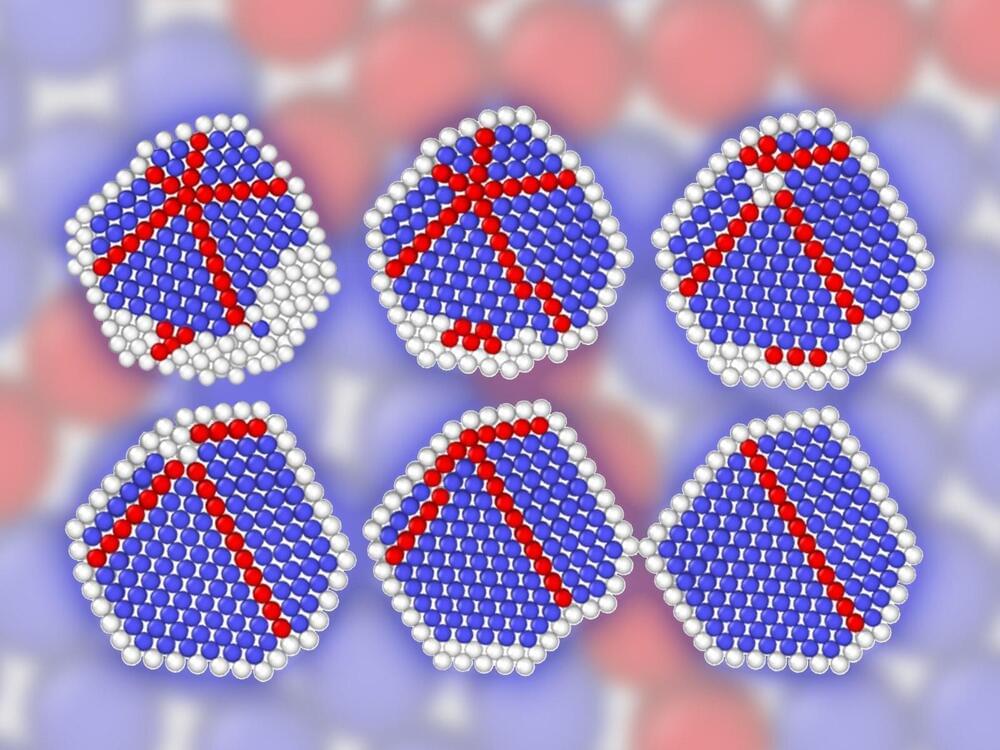New research is challenging the scientific status quo on the limits of the nuclear chart in hot stellar environments where temperatures reach billions of degrees Celsius.
The nuclear chart is a way to map out different kinds of atomic nuclei based on their number of protons and neutrons, and the “drip lines” can be viewed as the boundaries or edges of this map. Researchers from the University of Surrey and the University of Zagreb have found that these drip lines, which define the maximum number of protons and neutrons within a nucleus, change dynamically with temperature.
The findings challenge the view that drip lines and the number of bound nuclei are not sensitive to the temperature.







